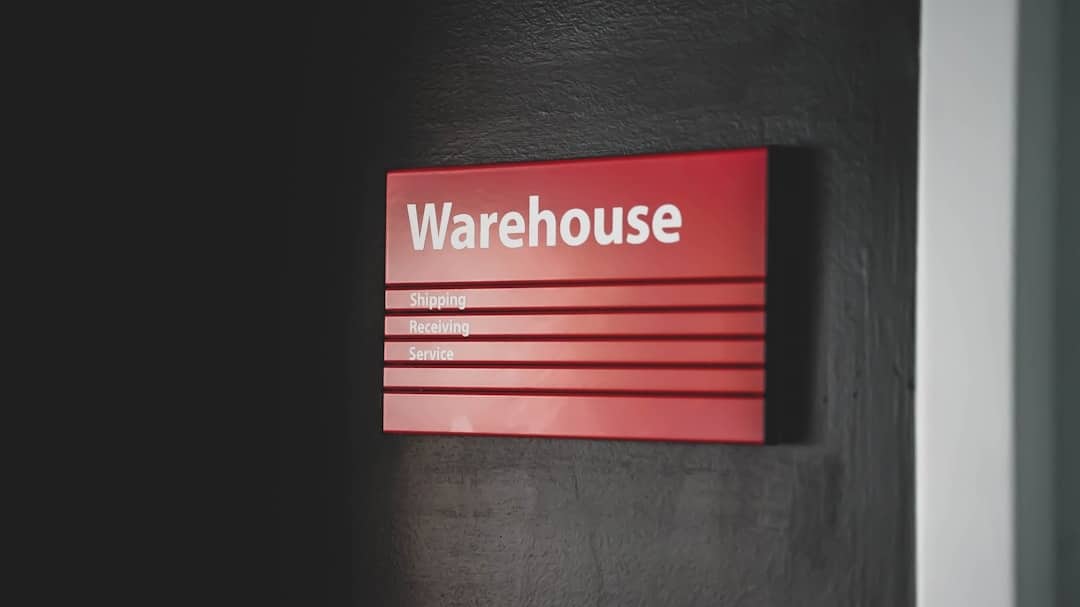In today’s rapidly evolving digital marketplace, e-commerce businesses must constantly refine their fulfillment strategies to meet customer expectations and remain competitive. In Vancouver, a city known for its strategic Pacific location, diverse population, and strong logistics infrastructure, tailoring these strategies is not just a matter of convenience—it’s essential for sustainable growth.
Over the past few years, Vancouver has seen a significant surge in online shopping, fueled by rising consumer demand and technological advancements. To meet this demand, e-commerce sellers in the region need to embrace localized, efficient, and scalable fulfillment strategies tailored to the unique challenges and opportunities of the area.
Contents
Understanding the Vancouver Fulfillment Landscape
Vancouver is a gateway to Asia and the United States, making it a key hub for domestic and international trade. Businesses operating in this market must consider the city’s infrastructural assets such as the Port of Vancouver, extensive highway systems, and proximity to major urban centers like Seattle.
However, Vancouver’s advantages also come with challenges. High property costs, traffic congestion, and environmental regulations can complicate supply chain logistics. Successfully adapting to these conditions requires a strategic approach grounded in local understanding.
Key Challenges in Vancouver’s E-Commerce Fulfillment:
- Real estate costs and warehouse availability
- Urban traffic congestion and last-mile delivery delays
- Demand for fast, low-emission delivery options
Strategic Approaches to Fulfillment
To thrive in the competitive Vancouver e-commerce environment, businesses must prioritize flexibility, speed, and customer satisfaction. Below are several strategic approaches to consider:
1. Leverage Micro-Fulfillment Centers
Micro-fulfillment centers (MFCs) are small, urban warehouses located close to the end consumer. Utilizing MFCs in and around Metro Vancouver enables faster last-mile delivery and helps avoid traffic bottlenecks common in the downtown core.
Benefits include:
- Lower delivery times
- Improved inventory visibility
- Reduced carbon emissions
2. Implement Distributed Inventory Systems
Instead of housing inventory in a central warehouse, businesses can distribute goods across multiple facilities located at strategic points around Vancouver. This decentralization shortens shipping routes and enhances responsiveness during peak shopping seasons.
Such flexibility is especially valuable during events like Black Friday or the holiday season, when carrier demand and delivery times tend to spike.
3. Partner with Local 3PLs
Partnering with third-party logistics providers (3PLs) that operate within Vancouver offers a practical solution for businesses without the resources to build their logistics infrastructure. Local 3PLs bring regional expertise, warehousing capabilities, and a network of delivery channels that are well-versed in local conditions.
4. Use Technology for Real-Time Optimization
Integrating technologies such as warehouse management systems (WMS), order tracking software, and AI-driven demand forecasting tools helps streamline the fulfillment process. With Vancouver being home to a growing tech ecosystem, many local providers offer region-specific solutions.

Meeting Customer Expectations
Vancouver consumers are tech-savvy, environmentally conscious, and expect rapid delivery. E-commerce businesses that fail to meet these standards risk losing market share. Thus, improving fulfillment is not just an operational need—it’s a critical factor in customer satisfaction and brand loyalty.
Offering same-day or next-day delivery is increasingly becoming the norm. Options such as click-and-collect, eco-friendly packaging, and live delivery tracking are now considered standard by many customers in the region.
Conclusion: Aligning Strategy With Local Demand
Succeeding in Vancouver’s e-commerce scene requires more than simply keeping pace with national trends—it calls for a comprehensive, locally-informed fulfillment strategy. From utilizing micro-fulfillment centers to forging partnerships with seasoned local 3PLs, each decision must align with the consumer base’s expectations and the logistical realities of the region.
By focusing on agility, sustainability, and customer experience, e-commerce brands can not only reduce fulfillment bottlenecks but also strengthen their market position in one of Canada’s most dynamic cities.
As the digital retail landscape continues to evolve, Vancouver stands as both a challenge and an opportunity—one that rewards those with foresight, adaptability, and a keen understanding of local logistics.

